THE CONUNDRUM
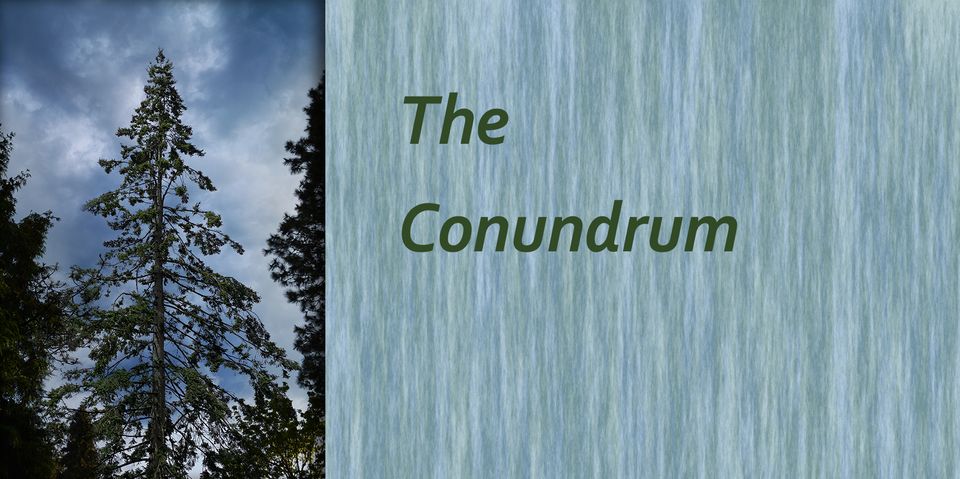
I am not a good capitalist. I don’t have the instinct to pursue profit for profit’s sake. Even as an employee, my satisfaction has always centered on the work and not the pay. I have probably volunteered more hours than I have worked at a job, including a year as a VISTA volunteer. As a writer, I find joy in creating books, but I am not so enthusiastic about selling them. I would love to just give them away. All of this creates a huge conundrum for me as I take steps to independently publish my climate fiction mystery. A question lingers like a thundercloud threatening rain. Why am I doing this? What is my goal here?
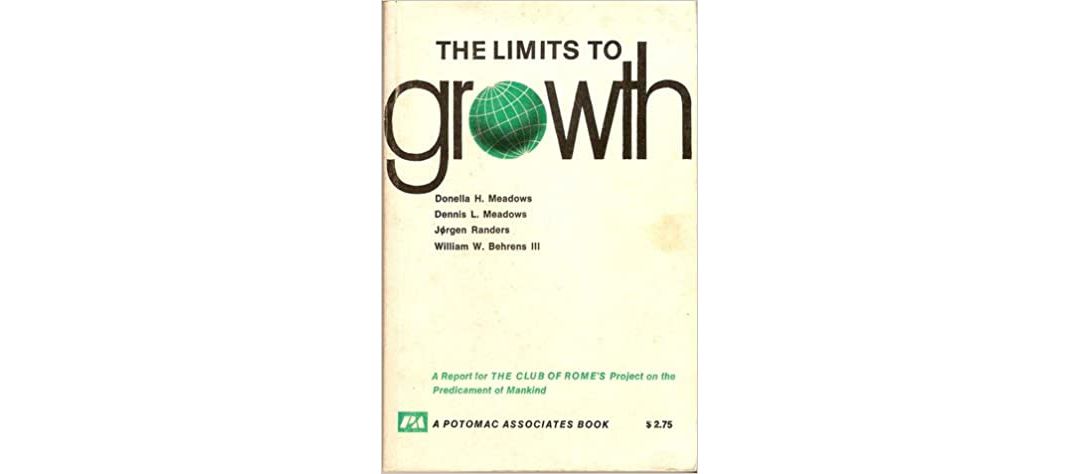
In the Fall of 1976, I took a class at Sonoma State University in California called Life in a Steady State Society. Many people were beginning to discuss how to create a system that could help humans live within our planet’s means after The Limits to Growth, commissioned by the Club of Rome, was published in 1972. This class was an exploration of those ideas, which included designing a steady state economy, one that was modeled after a steady state ecosystem where all the players are in balance—from the producers (the plants) to the consumers (the herbivores and carnivores) to the recyclers (the decomposers)—so this completely natural system can be replenished and cycle indefinitely. People were speculating that a steady state economy could be in equilibrium too, if freed from the stresses on the planet that growth-based capitalism created.
How to do it? was the unanswered question. In class, we read Small Is Beautiful: Economics As If People Mattered by E. F. Schumacher, which challenged the notion that bigger is better. We also read an article that claimed people would have to revert to the simpler living standards of the early 1900s, perhaps even before the automobile, in order to make sure civilization could continue. I doubted that would happen voluntarily, and I wondered if anyone could figure out how to make a steady state economy really work.
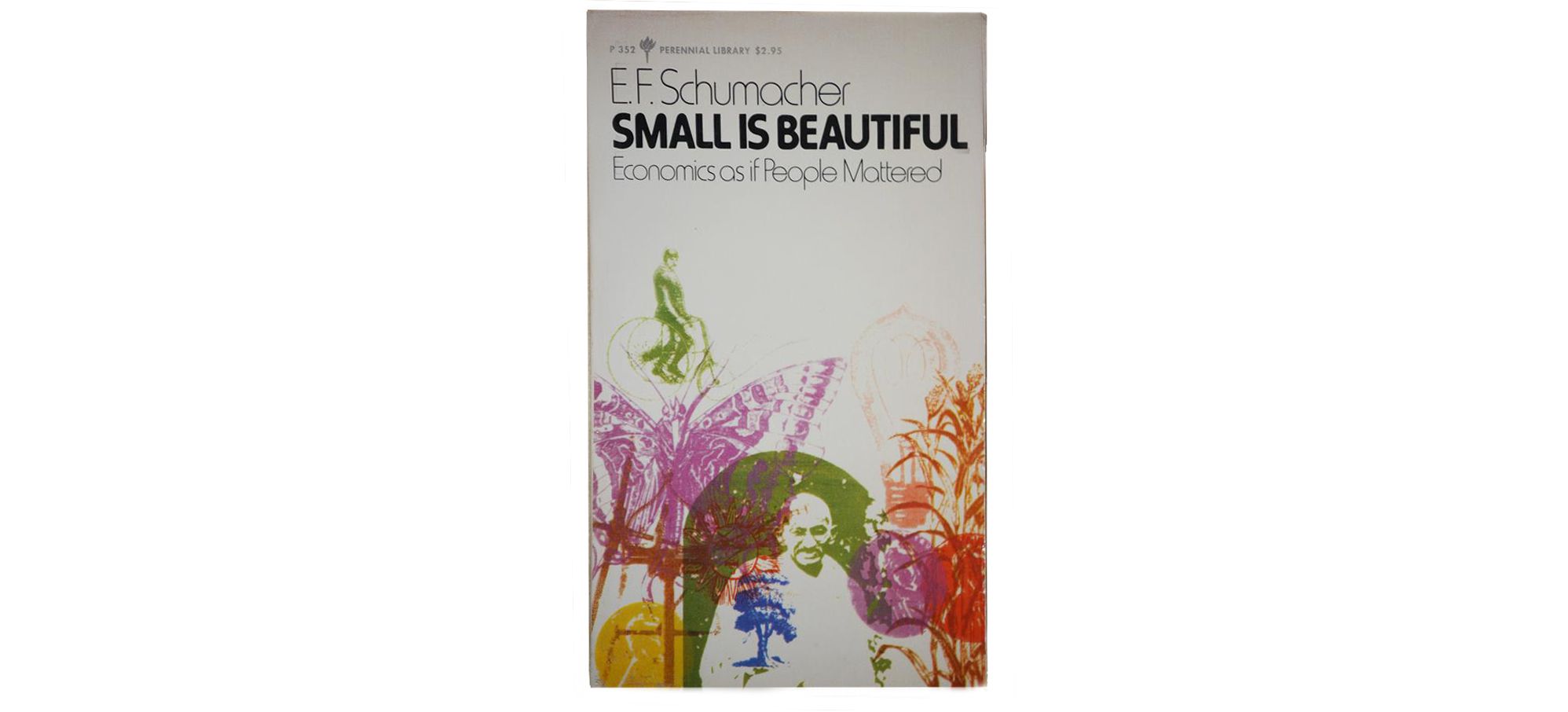
Still, like many in Sonoma County at that time, I was attracted to the idea of simple living. I made myself a tipi and dreamed of living off the land. Though I set up my tipi on various people’s properties and lived very simply for a while, I lacked the money to buy my own place to settle permanently. Instead, I became a caretaker for my widowed mother and began to raise a family. I grew stories instead of food to feed myself, but I always looked for a sign that a breakthrough for the steady state society had materialized.
Obviously, it hasn’t happened, but there are substantial efforts underway to create what is called a circular economy, drawing on the same ideas as steady-state thinking. A circular economy means, according to circle-economy.com:
“an economic system where waste is designed out, everything is used at its highest possible value for as long as possible and natural systems are regenerated.”
This requires technical solutions as well as the redesign of production processes, ones that would help make all the stuff we consume less damaging. Of course, as Dr. Jennifer Hinton, a researcher and activist says:
“The kind of circularity needed is not likely to happen in the current economic system, which is focused on profitability.”
So, we need to do more than develop the technologies and processes to get to that sustainable system. We need to address profit.
In two videos from the website www.howonearth.us, Hinton and her colleague Donnie Maclurcan, Executive Director of the Post Growth Institute, explain:
it’s not profit that is the problem, but what happens to the profit that creates problems.
In our current economy, the profits of corporations are distributed to private shareholders instead of investing the profit back into the business or the workers and community. Since the private owners are not the workers, just the investors, this siphons the earnings out of the business and creates an endless cycle of concentrating wealth, leading to the current situation where a small amount of people can accumulate more money than the rest of us combined. This cripples the potential of a business to invest in the common good and create a sustainable world.
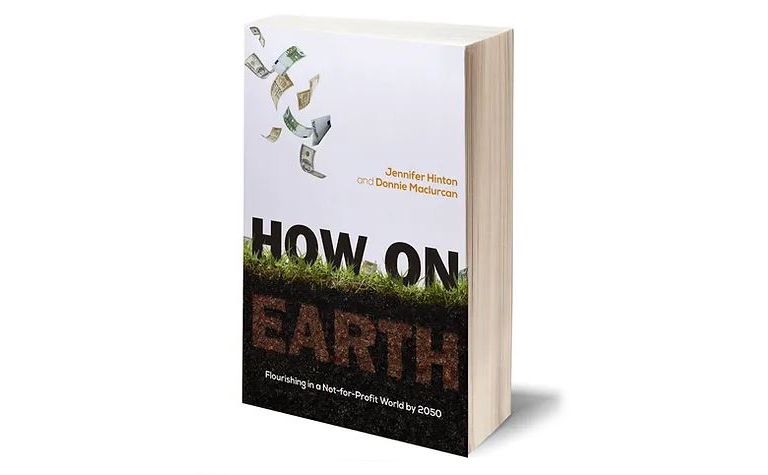
In How on Earth, Hinton and Maclurcan offer a bridge to the sustainable economy by showcasing the not-for-profit business, distinguishing it from a non-profit organization that must raise their money from donations. Others might call this type of business a social enterprise or a benefit corporation or industrial foundation, but it is essentially a business that sells goods or services without allowing private investors to skim the excess earnings. Instead, that money is invested back into whatever is needed to keep the business sustainable, perhaps giving raises to the employees or developing greener ways of operating. This keeps the money circulating and can allow for the type of research and development that can build the technologies and production methods to create the circular economy.
This idea really resonated with me, and I have been pondering how to apply it to my simple goal of independently publishing a book. When I ask myself the question: What do I want from this publishing journey?, I know my goal isn’t to sell books for fame and fortune. My goal is to share a story that might change hearts and minds and help reverse climate change.
The keyword for me is share.
I want to share my book in a way to help it be read widely. That means finding ways to make it visible and giving it value so that readers see it as valuable too and help it to spread. This is more complex than it may seem.
Publishing a book involves setting a price and dealing with any sales tax that is required. Oddly enough, assigning a higher price for a product can increase the value in people’s eyes, while free might diminish it. It’s a tricky calculation. Other complications come from setting up a business. Governments want to know what type of business structure you will be operating under and whether you have any earnings to tax at the end of the year. Navigating these issues and pricing decisions has become a conundrum for me and delayed me from taking action.

What price do I set? What type of business am I going to create? I haven’t found an answer yet. I only have the idea that it should be not-for-profit in some way. At some point, all the potential solutions I have dreamed up may coalesce into a clear path of action. Or I may just begin, blundering my way through, figuring it out as I go.
When I started out to create the Climate Story Garden, I wanted to change the traditional publishing system whose for-profit focus excludes many stories that need to be written and read. To reverse course on our ever-increasing emissions, we need these stories, a diversity of them. The ideas of Hinton and Maclurcan has illuminated my thinking for how to accomplish this. My goal now is to reach for a path that brings the principles of the circular not-for-profit economy into the Garden in a productive way. Stay tuned.


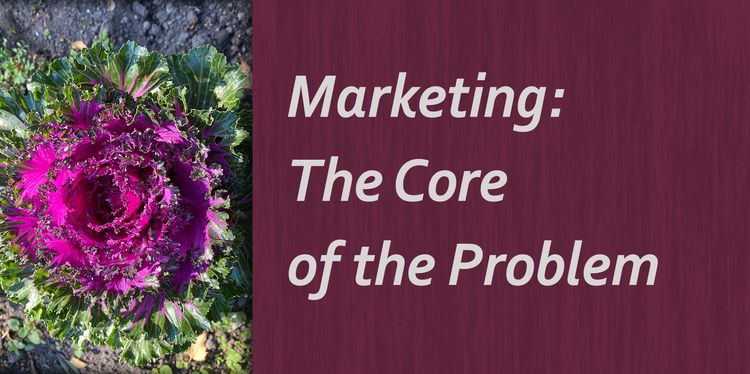
Member discussion